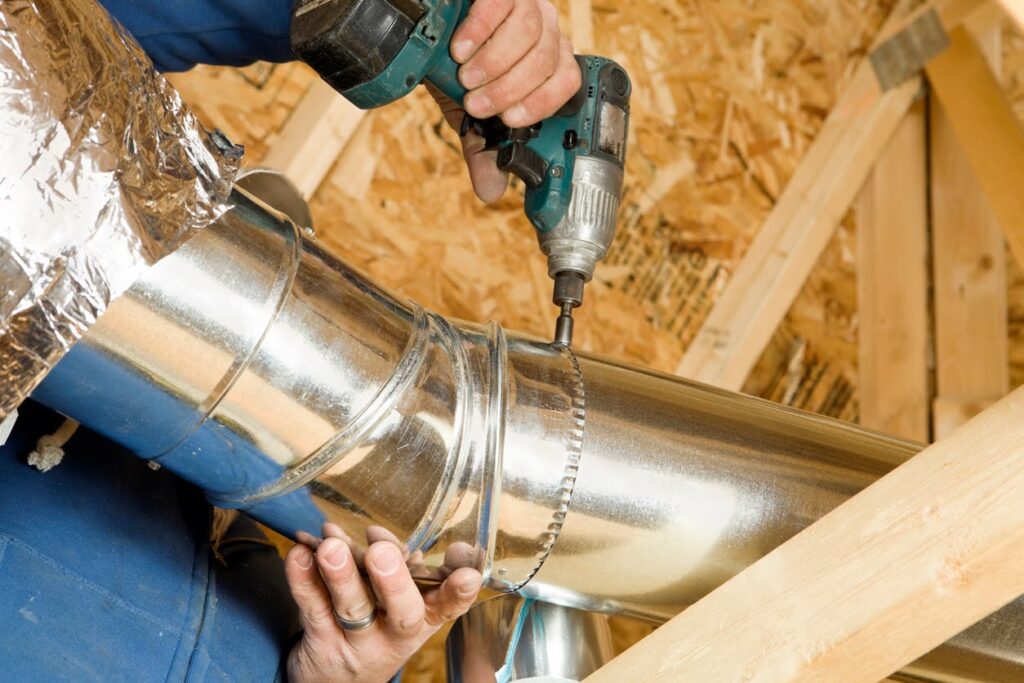About Sheet Metal Cones
Sheet metal cones are commonly used in a variety of industrial and commercial applications, including ductwork, chimneys, and tanks. Fabricating a cone with sheet metal requires precision and expertise. In this blog post, the experts at Avon Lake Sheet Metal will guide you through the steps we take when fabricating a cone with sheet metal for our clients.
Step 1: Choose the Right Material
The first step in fabricating a cone with sheet metal is to choose the right material. Sheet metal comes in a variety of materials, including steel, aluminum, and copper. The material chosen will depend on the application and the desired characteristics of the cone.
Step 2: Calculate the Cone Dimensions
The next step is to calculate the dimensions of the cone. This includes the height, base diameter, and top diameter. There are a variety of formulas and calculators available to help with this step. Working with a professional sheet metal fabrication company like Avon Lake Sheet Metal eliminates the guesswork because our experts have the knowledge and experience to accurately calculate these dimensions based on the specific needs of your project.
Step 3: Cut the Sheet Metal
Once the dimensions have been calculated, it’s time to cut the sheet metal. Professional sheet metal fabrication companies have access to a variety of tools, including CNC machining, metal shears, and laser cutters, that are specifically designed for cutting sheet metal. To produce a conical shape, the sheet metal should be cut into a flat circle with a diameter equal to the desired base diameter of the cone.
Step 4: Form the Cone
This is the step when things really start to take shape – literally! Forming the cone can be done using a variety of techniques, including rolling and welding, or by using a cone-rolling machine. Professional sheet metal fabrication companies have the expertise and specialized equipment necessary to form the cone accurately and efficiently. Typically, any overlap as the metal is rolled will be welded (check out this article if you’re curious about different types of welds).
Step 5: Trim the Cone
Once the cone is formed, it’s time to trim the excess material. This can be done using a metal shear or a grinder. Professional sheet metal fabrication companies have the tools and expertise to trim the excess material accurately and efficiently.
Step 6: Finishing Touches
The final step in fabricating a cone with sheet metal is to add any finishing touches. This may include sanding or polishing the surface of the cone to remove any rough edges or imperfections. This step also ensures that the cone is free from any sharp edges or burrs that could cause injury.
Conclusion
Fabricating a cone with sheet metal requires precision and expertise from professional metal fabricators like the experienced team at Avon Lake Sheet Metal. By choosing the right material, accurately calculating the dimensions, using specialized equipment, and adding the finishing touches, we can create a high-quality cone that meets your specific requirements.
Have a project you’d like to discuss with our experts? We’d love to learn more about it – contact Avon Lake Sheet Metal today!



